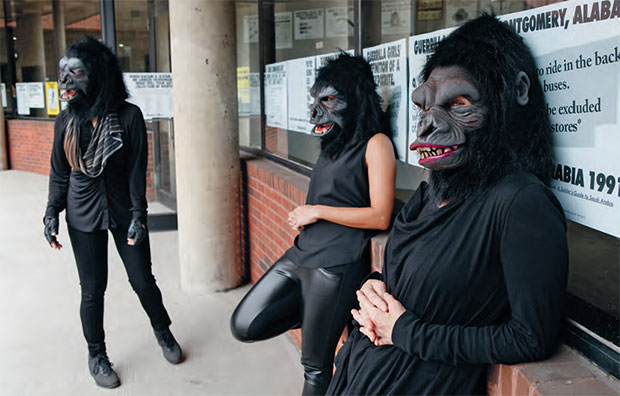
The Guerrilla Girls recall their 1989 'weenie count'
A short look at the lengths the US collective went to in order to expose male dominance in art
What skills are most highly prized by today’s art collectives? Painting and sculpture, of course, yet our new book Co-Art: Artists on Creative Collaboration, highlights the diverse talents used by contemporary art duos and groups, from architecture to orienteering, filmmaking to community work.
The anonymous US gender-equality activists the Guerrilla Girls combine traditional image making with less familiar skills such as statistical research, in their three-decade-long struggle to get greater female representation within the art world.
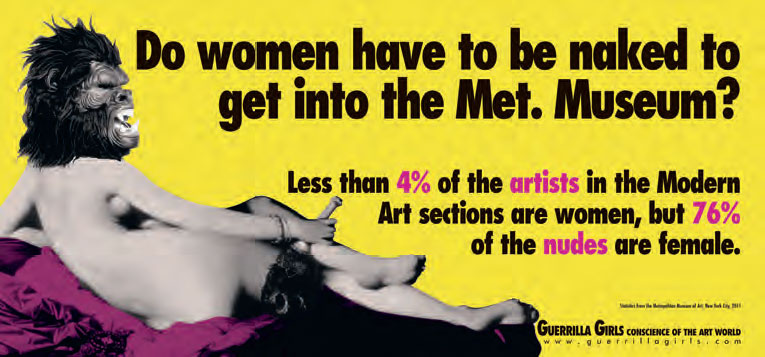
“Our most well known project, Do women have to be naked to get into the Met. Museum? (1989) is a perfect example of how we work,” the group tells Co-Art author Ellen Mara De Wachter. “We wanted to do a poster about the low number of artworks by women artists on view at The Metropolitan Museum in New York. The three most important ingredients to doing a project the ‘Guerrilla Girls Way’ are: first, twisting an issue around and writing a head line in a unique, unforgettable way; second, thinking up an outrageous visual; and third, proving our case with killer statistics. Some of us went to The Met to do what we now call the ‘weenie count’ and get the statistics we needed.”
Two young artists, who still go under the chosen nom de guerre of two dead female artists, Frida Kahlo, Käthe Kollwitz, founded the group in the downtown New York Art scene back in 1985.
“As we spent more time together we started making jokes about the structure of the art world, realizing it was a closed system with unspoken discrimination,” explains the group to our Co-Art author Ellen Mara De Wachter. “When MoMA did a show in 1984 that was supposed to be a survey of international art, but included only seventeen women and even fewer artists of colour out of 169 artists, women artists held a demonstration outside the museum. We were shocked that no one going into the museum cared.That was our ‘A-ha!’ moment. We realised that there had to be a new kind of activist art that would change people’s minds about these issues.”
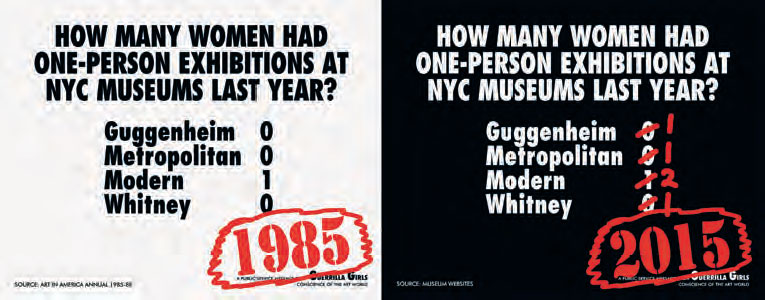
Since then The Guerrilla Girls have designed and posted critical posters, staged protests and delivered talks campaigning for gender equality within the art world, all while wearing their signature black gorilla masks.
The Girls’ membership has changed over the years – and has, in the past, even included a few boys. And, while progress may have been slow, the ease within which the group now operates indicates some cultural shifts.
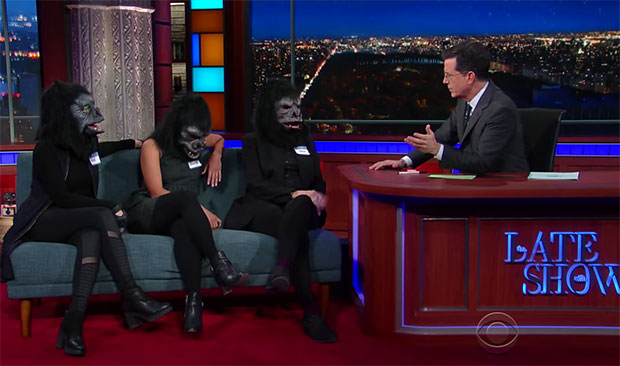
“When we started out in 1985, the ideas of social practice, culture jamming and institutional critique were not really out there like today,” they say. “Feminism was demonised. Intersectionality was something you heard about only in gender studies classes – although it is something our members have always believed in. Curators and critics had arguments about whether or not what the Guerrilla Girls did was even ‘art’. We didn’t care, we just kept doing it. It’s so gratifying to visit campuses now and hear that students no longer aspire to the art world status quo of ‘get your degree, develop your style, find your gallery, sell your work, get rich and famous’. Look at all the great protest art and street art today!”
Indeed, part of the group’s success lies in its resistance to modern forms of artistic ambition. “We don’t want to be rich or even admired,” they say. “We just want to keep working, be respected and continue to have some fun attacking the system.”
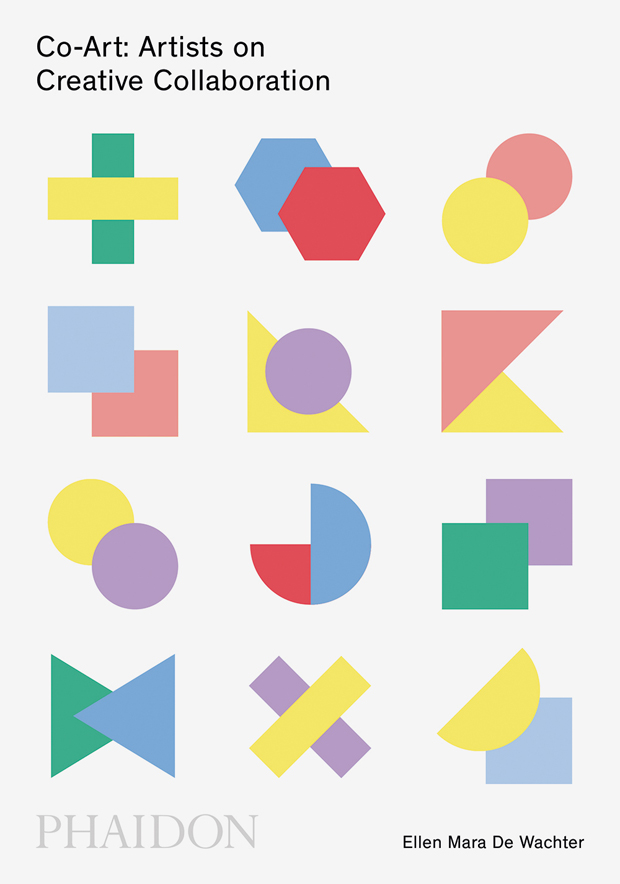
For more on how the Girls have managed this, as well lots more on today’s most important art collectives order a copy of Co-Art: Artists on Creative Collaboration here.